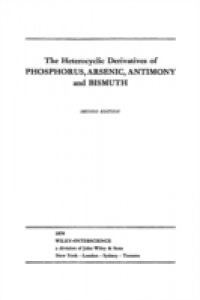Литмир - Электронная Библиотека > Ramble Charles (EN) > Navel of the Demoness: Tibetan Buddhism and Civil Religion in Highland Nepal

| Navel of the Demoness: Tibetan Buddhism and Civil Religion in Highland Nepal
Чтобы оставить свою оценку и отзывы вам нужно зайти на сайт или зарегистрироваться | |||||||||||||||||||||||||||||||||||||||||||||||||||||||||||||||||



 9.5 (2)
9.5 (2) 












